“La Rochelle: belle et rebelle“, as the saying goes. For ten centuries, La Rochelle liked to be different: democratic ahead of its time, protestant when the rest of France was catholic, the “rebel” city is still a stop not to be missed when you travel through France! This is a short account of La Rochelle History.
Eras in La Rochelle History
Let’s discover La Rochelle History in seven eras.
The very first settlement
Though it is difficult to find any trace of a settlement in La Rochelle during the Gallo-Roman time, some signs of salterns and villas show that the Romans first worked on the resources of La Rochelle Bay.
La Rochelle History through the Middle Ages
The little rocky harbour
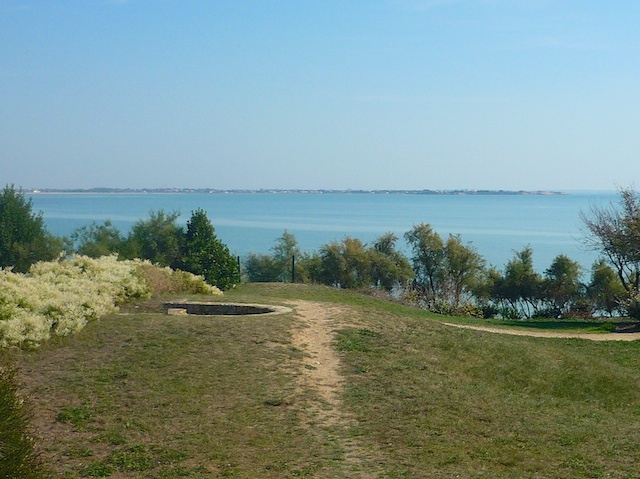
Little by little, until the 9th century, La Rochelle developed into an important village built on a rocky promontory in the middle of the marshes. This special location gave La Rochelle its first name: Rupella, meaning “little rock”.
In 961, the destiny of Rupella changed when it was allowed to receive and ballast the ships in its harbour. Thanks to its strategic location in the middle of the Atlantic coast and protected from storms by two big islands, Ré and Oléron, the harbour was about to become one of the most important harbours of its time.
Under the influence of the Dukedom of Aquitaine
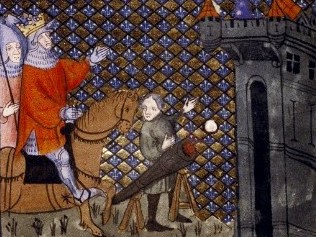
During the 12th century, the Duke of Aquitaine, Guillaume X, gave La Rochelle privileges: after the first surrounding wall was built, he freed the town from French crown taxes. This enabled the development of the area’s wine and salt trade, and the harbour became the biggest on the Atlantic coast.
Then, like Bordeaux, La Rochelle benefited from the marriage of Eleanor of Aquitaine with the English king, Henri II, by becoming an English possession in 1154. La Rochelle opened up to Northern and English markets and built a second surrounding wall for the expanded town. Despite the political unrest during the 12th century, it remained faithful to the English, which allowed it to be granted a charter confirming its tax privileges. Later, at the end of the 12th century, Eleanor of Aquitaine gave the city extensive political powers. In 1199, one of the first mayors in French history was elected in La Rochelle: Guillaume de Montmirail.
In 1223 Henri III of England built fortifications to prevent an attack from the French. However, a year later, in July 1224, it was attacked and reverted to the French again but still retained its privileges.
The Hundred Years War 1337-1453
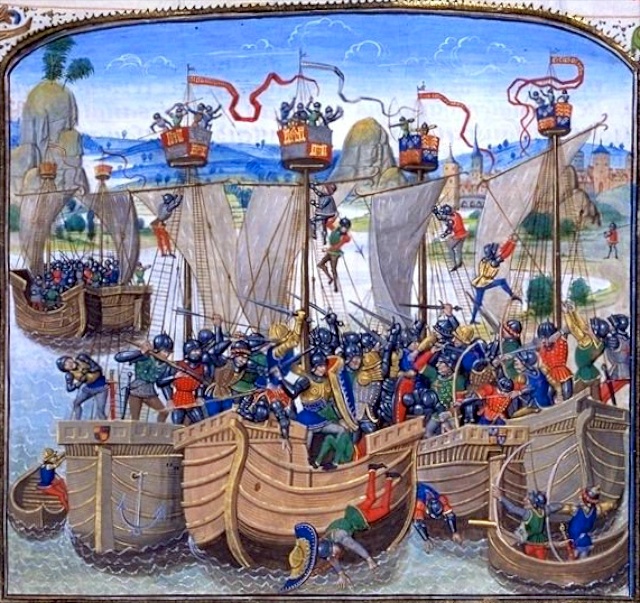
In 1356 Jean II of France was arrested during the Battle of Poitiers. The Treaty of Brétigny was signed four years later, and La Rochelle was returned to the English. For 12 years, it remained English, but its heart still belonged to France, so much so that the inhabitants expelled the English in 1372. Although willing to return to the French embrace, they still held onto their privileges which Charles V. La Rochelle confirmed became French for good and was integrated into the French kingdom but remained independent of the crown in some issues.
By the end of the century, the harbour was relocated to its present site.
La Rochelle’s famous towers

Saint-Nicolas Tower
In 1345, a tower was built at the entrance to the harbour. Due to the swampy soil, the building works began to subside. War interposed, and the construction work was postponed. Finally, at the end of the Hundred Years’ War, French architects decided that although they couldn’t do anything about the angle of the tower, they could strengthen the foundations to prevent collapse. In 1376 the Tower was completed and staffed by soldiers to protect the harbour entrance.
The Chain Tower
Construction on the Chain Tower started two years after the Saint-Nicolas Tower was finished. It was named according to its function: to support a chain between the two towers to prevent access of enemy ships to the harbour. From the end of the 14th century, the sea approach to the city, with its two famous towers, looked as it does today.
The Lantern Tower
At 55 metres high, it is one of the tallest towers of La Rochelle. The tower is composed of two parts. The base is a cylinder of 25 metres high and 15 metres in diameter. The second part was built in the late 15th C as an octagonal flamboyant Gothic spire.
The Lantern Tower was famous for hosting four sergeants who rebelled against the royal authority in the 1820s and was then nicknamed “the tower of the four sergeants”.
La Rochelle History in the 16th Century: a protestant city
The Religious wars
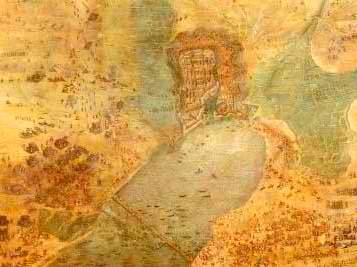
The latter part of the 16th century was the scene of religious wars between Catholics and Protestants. During the 1530s, La Rochelle converted to Protestantism.
In January 1568, propaganda against Catholics began, led by the city’s pastors who encouraged the Protestant mayor to expel Catholics. All fled, but 13 were slaughtered and thrown from the top of the Lantern Tower. Three churches were destroyed, one of which was Saint-Sauveur church which you can still admire from the old harbour. The city, wealthy and with 22,000 inhabitants, proclaimed itself independent and Protestant. Charles IX of France ordered an invasion, but before the troops reached La Rochelle, a treaty, the Peace of Longjumeau, was signed in March 1568 between the Catholic Charles IX and the Prince of Condé, the leader of the Protestants.
At the end of the year, under the leadership of Jeanne d’Albret, La Rochelle became the headquarters of the Protestant movement and was affiliated with other Protestant nations and princes. Then, the Peace of Saint-Germain-en-Laye in August 1570 permitted two years of respite between the two religions and gave the Protestants four important possessions, of which La Rochelle was one. Nevertheless, in August 1572, the slaughter of Saint-Barthelemy against Protestants took place in Paris and spread to about twenty other cities in France. Many Protestants found refuge in La Rochelle. The king attempted reconciliation to keep control of the Protestants, but the inhabitants turned it down.
The first siege of La Rochelle
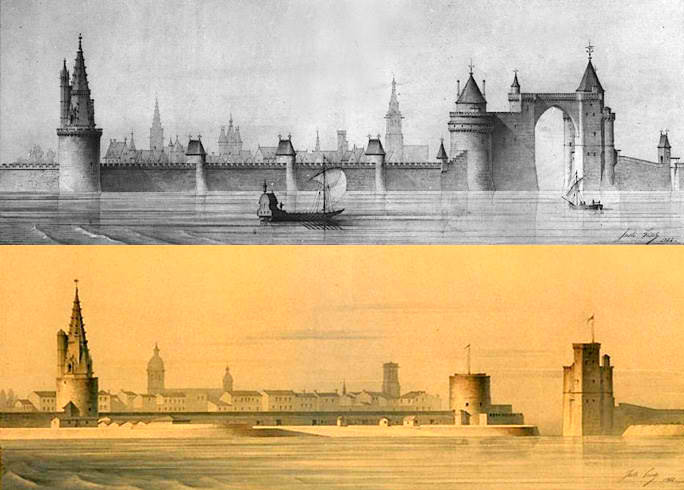
In February 1573, Charles IX of France ordered the siege of La Rochelle and his brother, the Duke of Anjou (the future Henri III), took charge of operations at the head of 28,000 Catholic soldiers. There were both sea and land battles. It is important to stress the help the English ships gave the city, even if, officially, the English king had not planned the aid. In May, the Duke of Anjou was crowned King of Poland, which was a distraction, as the French troops retreated a month later.
A religious peace
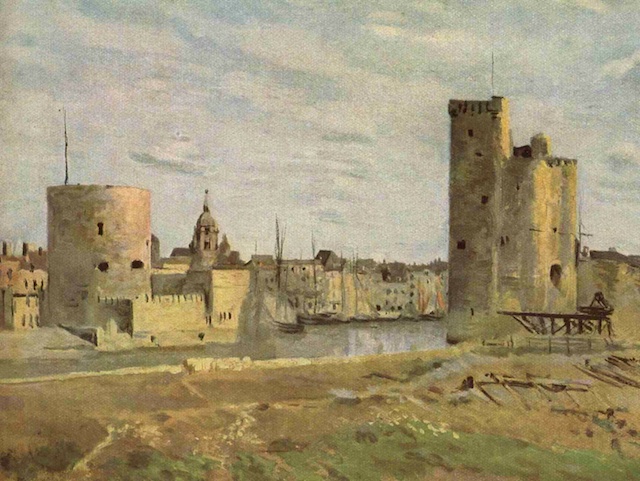
In July 1573, the treaty of Boulogne was signed: the Protestants were granted the freedom of religion in only three cities: La Rochelle, Montauban and Nîmes. The Edict of Nantes proclaimed religious peace in France in 1598.
In May 1621, because of Louis XIII‘s policy, La Rochelle declared itself an Independent and Protestant state and planned to become a republic. This same year royal ships attacked the city three times but were always defeated by the Rochelaise fleet.
A year later, the Duke of Guise, in the name of the king, landed again in La Rochelle with a large fleet. After several days of fierce fighting, the city weakened. But fighting was stopped by the fortuitous treaty signed in Montpellier between Catholics and Protestants. As a result, the city became famous for being “impregnable”.
Despite the peace, the tension lasted, and in 1627 the English fleet landed on the Île de Ré to support La Rochelle. This provoked the military intervention of the French royal command led by Richelieu.
The siege of La Rochelle 1627-1628
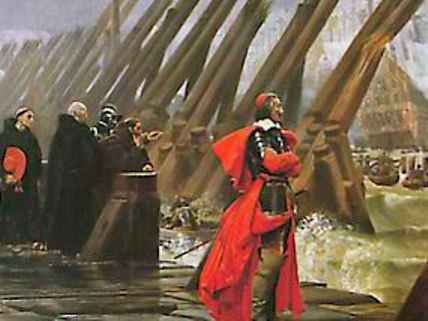
First, Richelieu fortified the Ré and Oléron islands near La Rochelle. Then, he deployed 20,000 men around the city and built a sea wall (la digue de Richelieu) on the previously sunk ships near the harbour. In addition, he pointed cannons toward the ocean to dissuade the British ships from assisting. All supply was blocked, and food became short. The city was defeated a year after the siege began, with only 5,500 out of 28,000 inhabitants remaining.
On the 7th of November, 1628, a violent storm destroyed Richelieu’s sea wall. Had this happened a week before, the destiny of La Rochelle would have been different…
After the defeat, the Peace of Alès meant that Protestants lost their political and territorial rights but retained their freedom of religion, thanks to the Edict of Nantes. The city lost all its communal privileges.
During the 1630s and 40s, the King denied freedom of religion to different towns of the region and offered a reward to those who converted to Catholicism. Finally, in 1685, Louis XIV revoked the Edict of Nantes, which ended all freedom of religion.
The revocation provoked the emigration of Protestants to Holland, Germany, England, and most of all, New France, the east coast of North America, mainly Quebec. It is estimated that 65% of the settlers of New France came from the French region of Poitou-Charentes. Consequently, New Rochelle, NY, USA, was founded in 1689.
In fact, the migration marked the beginning of new commercial relations with America and New France, which helped La Rochelle to regain its prosperity. Under Colbert’s influence and policy, the harbour was extended at the end of the 17th century. More than 200 Royal Fleet buildings were built, and trade with the colonial companies developed.
La Rochelle History during the Enlightenment trade (18th C)
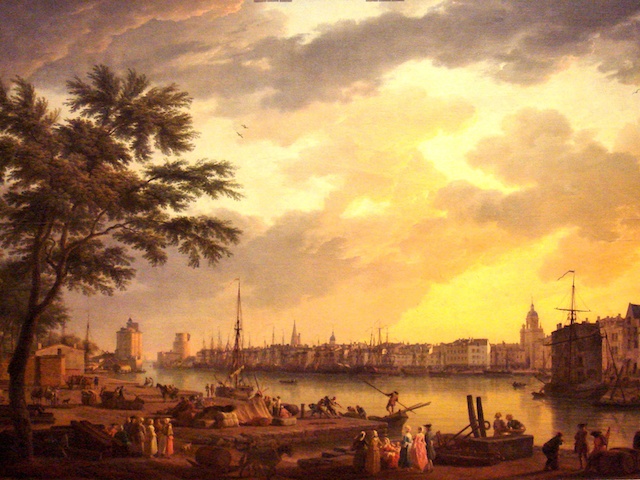
The 18th century was one of the enrichment of the harbour: the colonial trade equalled more than half of the trade of the French Kingdom. It was also the period of the Three-Way Trade, the slave trade. La Rochelle became the second slave harbour in France, equal to Bordeaux, with 11.4% of the traffic, while Nantes had 43%.
The trade ships had been unable to enter the harbour as the entrance was too small, so the entrance was widened, and two wet docks were built to accommodate larger ships.
Communal rights were returned to La Rochelle in 1718, and towards the end of the century, Louis XVI, a king less “absolute” than his grandfather Louis XIV, created the Edict of Tolerance, which ended the persecution of Protestants. After the Revolution, the religion of the Huguenots, Protestantism, was accepted.
La Rochelle History after the Revolution
The Napoleonic era came after the Revolution. One of its central policies was the Continental Blockade (Blocus Continental in French), which aimed to ruin the United Kingdom by preventing trade with Europe. Blocking the sea routes brought economic ruin for La Rochelle and all the French Atlantic cities that traded with England.
The Tower of the Lantern / The Tower of the Four Sergeants
During the Restoration, when the monarchy was restored after the downfall of Napoleon, four sergeants from La Rochelle (Bouries, Goudin, Pomier and Raoulx) were suspected of plotting against Louis XVIII. They belonged to a secret organization, La Charbonnerie, and refused to name their leaders. They were condemned to death. Decapitated in September 1822 in Paris, they were considered “martyrs to freedom”. The tower where they were imprisoned in La Rochelle, the Tower of the Lantern, is “the Tower of the Four Sergeants”.
Industrial Revolution and the very first tourists
As in all of Europe, La Rochelle benefited from the industrial revolution. The first railway station of the city was built in 1857. The maritime industry continued developing, and in 1870, it was necessary to build a new harbour, La Pallice, north of the first.
The improvement of the railway network, the expansion of La Pallice harbour and daily shuttles between La Rochelle and the Island of Ré allowed seaside tourism to develop from the end of the 19th century.
La Rochelle’s railway station
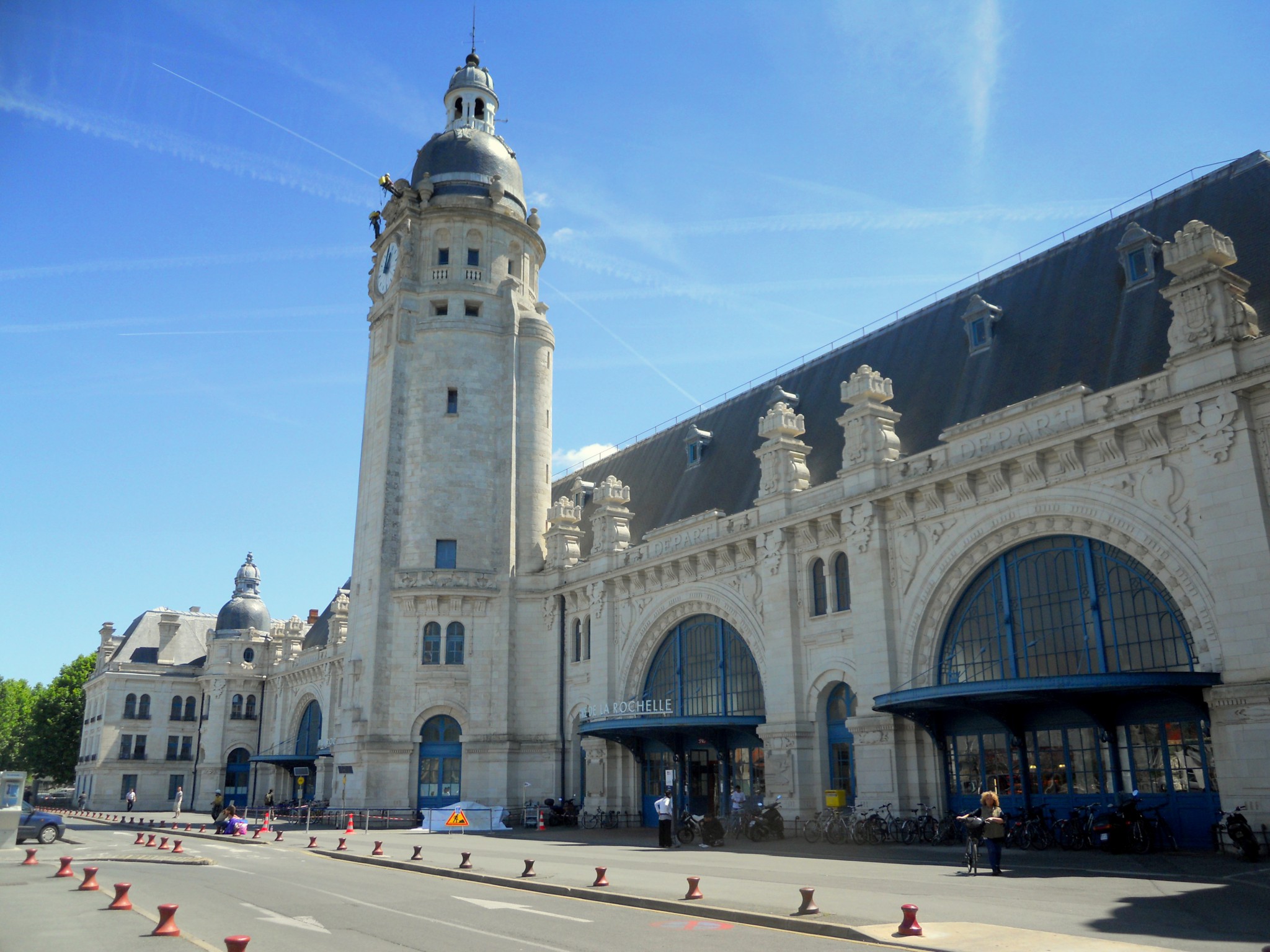
A new railway station, designed by the architect Pierre Esquié, was built in 1909. The building is monumental, dominated by a 45-metre campanile, higher than La Rochelle’s famous towers. Construction was interrupted by the First World War but resumed in 1919. The first train service took place in 1922.
La Rochelle History during the World Wars
First World War
La Rochelle was spared from the fighting, but it was a base for the Allies. Fuel, food and arms were stocked there, and the harbour received approximately 50 ships which unloaded 800,000 tons of arms and 175,000 horses during the war.
In 1917, the American military engineers settled in La Rochelle to build a wagon factory to supply the troops. This factory, belonging to the company Alstom, is still operating and produces components for French trains and trams.
Interwar period
During the 1930s, the aircraft industry developed, and a limited airport was built just before the war. Many pilots were trained there.
Second Word War
In the first days of the Second World War, the Luftwaffe bombed many French harbours, including La Pallice. In May 1940, La Rochelle was the departure point for many emigrants wanting to reach America. But a month later, on the 23rd of June 1940, the city was invaded by 20,000 German soldiers.
Léonce Vieljeux, a figure from La Rochelle
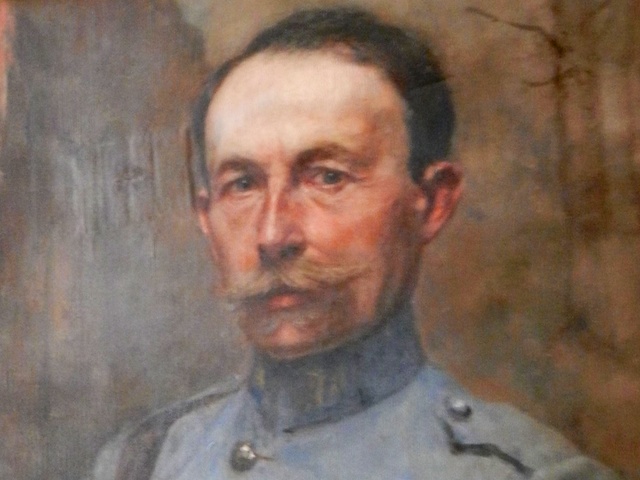
The mayor of La Rochelle, Léonce Vieljeux, resisted the Nazis and helped the Resistance network until he was expelled from the city in September 1940. He tried to return but was arrested in 1944 by the Gestapo. He was sent to Struthof camp, where, at 79, he was shot along with 392 others. On the 27th of January 1945, while the city was still occupied, 3,000 Rochelais gathered at his funeral.
The occupation of La Rochelle
After 1940 all the facilities of the city were requisitioned by the Nazis. A German fleet and submarines were stationed at La Pallice, and the airport was also taken. All workers had to cooperate with the Nazis. The rising of February 1944 was severely put down. As in occupied France, conditions were difficult during the occupation: a curfew and food restrictions were required. Most of the inhabitants just waited, some collaborated, and others resisted. The Gestapo headquarters were at 63 Jeanne d’Albret Street.
The defeat of the Nazis
When the Reich capitulated on the 7th of May 1945, admiral Schirlitz ordered his subordinate, Erwin de Terra, to blow up the city, which he, fortunately, refused to do! As a matter of fact, La Rochelle was one of the last French cities to be liberated, and its harbour remained intact.
La Rochelle History in the contemporary era
La Rochelle cares for its heritage; today, it is one of the most picturesque cities in France. It is medium-sized, with approximately 80,000 inhabitants.
A socialist city since 1971, it promotes alternative energy. It was the first to create a bicycle rental network within the city, and it is presently testing the prototype electric car without a driver.
La Rochelle is an ideal city for students with its university complex. It is a pedestrian city and every year hosts the Francofolies festival. Building the bridge between La Rochelle and the Island of Ré strengthened tourism.
We can understand why, with such a history, La Rochelle’s connection to the ocean is so strong. The aquarium is one of the largest on the continent, and the Minimes harbour is the largest marina in Europe.
Find out more about La Rochelle
- What to see in the old town and harbour of La Rochelle on the blog
- Learn more about the nursery song Les Filles de La Rochelle
- The official tourist board of La Rochelle
- Book your accommodation in and around La Rochelle



